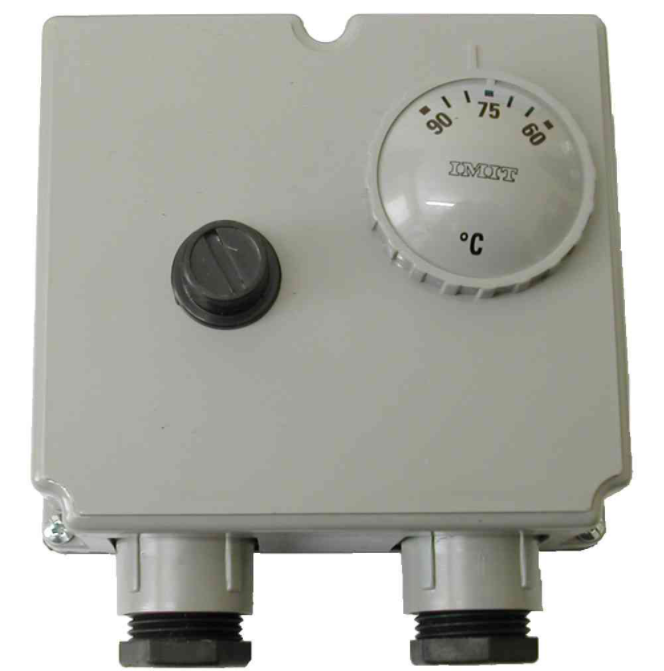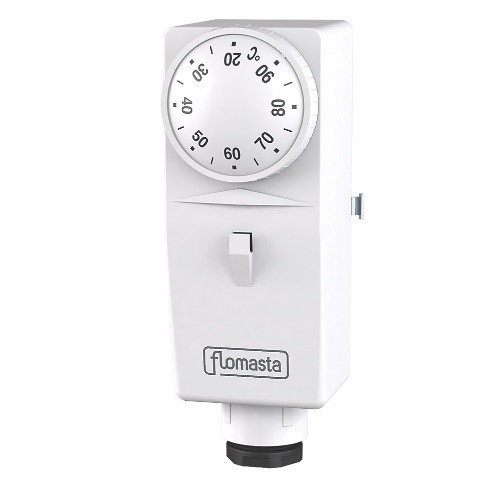Discover More
Understanding Heating Controls
Energy Efficiency Week 2021 / Wednesday
Level 2: A Master of Controls
By taking control of your heating system you can have a more comfortable environment and also save energy and costs. The first step is to have modern heating controls installed. If you already have modern controls, make sure you know how to use them and that they are set correctly. Mastering your heating controls is a really Clever Climate Action.
|
Will you be getting to grips with your heating controls? |
Step 1
There is a grant available through the SEAI Home Energy Grants programme to help you improve your home heating system through the installation of heating controls. https://www.seai.ie/grants/home-energy-grants/
Step 2
Below you will find some of the common domestic heating controls. You may not have all of these but understanding what you have and how to use it is invaluable if you want to ensure you are not wasting energy or maxing out your carbon footprint.
As a minimum, your heating systems should be split into two independently controlled zones. They are your ‘Space Heating Zone’ and your ‘Domestic Hot Water Zone’. This allows you to heat your domestic hot water without being forced to turn on your space heating. It will also allow you to use your boiler to heat your hot water in the summertime, without using the immersion. Additional zones can also be put in place in large homes to split upstairs and downstairs or living areas and bedrooms.
 |
7-Day Programmable Timer |
NOTE: The trick is to set your heating to come on half an hour before you get home or get up, and set it to switch off half an hour before you no longer need it. This is because an average home takes around 30 mins to heat up when the heating comes on and 30 mins to cool down when it goes off.
 |
The boiler thermostat |
 |
The outdoor probe or weather compensator |
 |
The room thermostat |
 |
The thermostatic radiator valve |
NOTE: Fully opening the thermostatic valve, by setting it to max, will not heat the room any faster. The flow rate is not higher, you just set a higher temperature for the room to reach.
 |
The hot water thermostat |
| Cookie | Duration | Description |
|---|---|---|
| cookielawinfo-checbox-analytics | 11 months | This cookie is set by GDPR Cookie Consent plugin. The cookie is used to store the user consent for the cookies in the category "Analytics". |
| cookielawinfo-checbox-functional | 11 months | The cookie is set by GDPR cookie consent to record the user consent for the cookies in the category "Functional". |
| cookielawinfo-checbox-others | 11 months | This cookie is set by GDPR Cookie Consent plugin. The cookie is used to store the user consent for the cookies in the category "Other. |
| cookielawinfo-checkbox-necessary | 11 months | This cookie is set by GDPR Cookie Consent plugin. The cookies is used to store the user consent for the cookies in the category "Necessary". |
| cookielawinfo-checkbox-performance | 11 months | This cookie is set by GDPR Cookie Consent plugin. The cookie is used to store the user consent for the cookies in the category "Performance". |
| viewed_cookie_policy | 11 months | The cookie is set by the GDPR Cookie Consent plugin and is used to store whether or not user has consented to the use of cookies. It does not store any personal data. |




